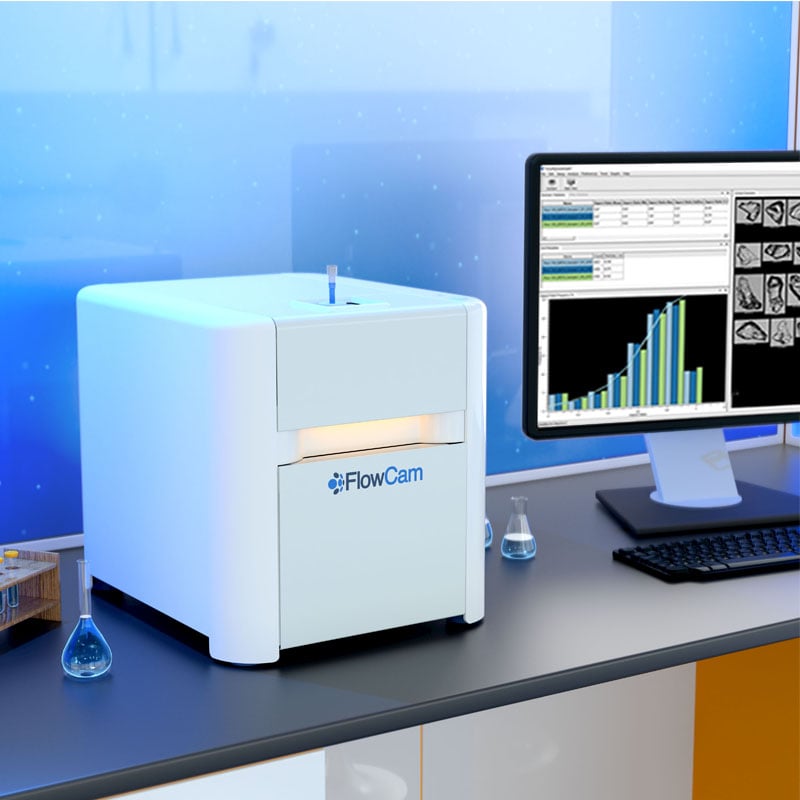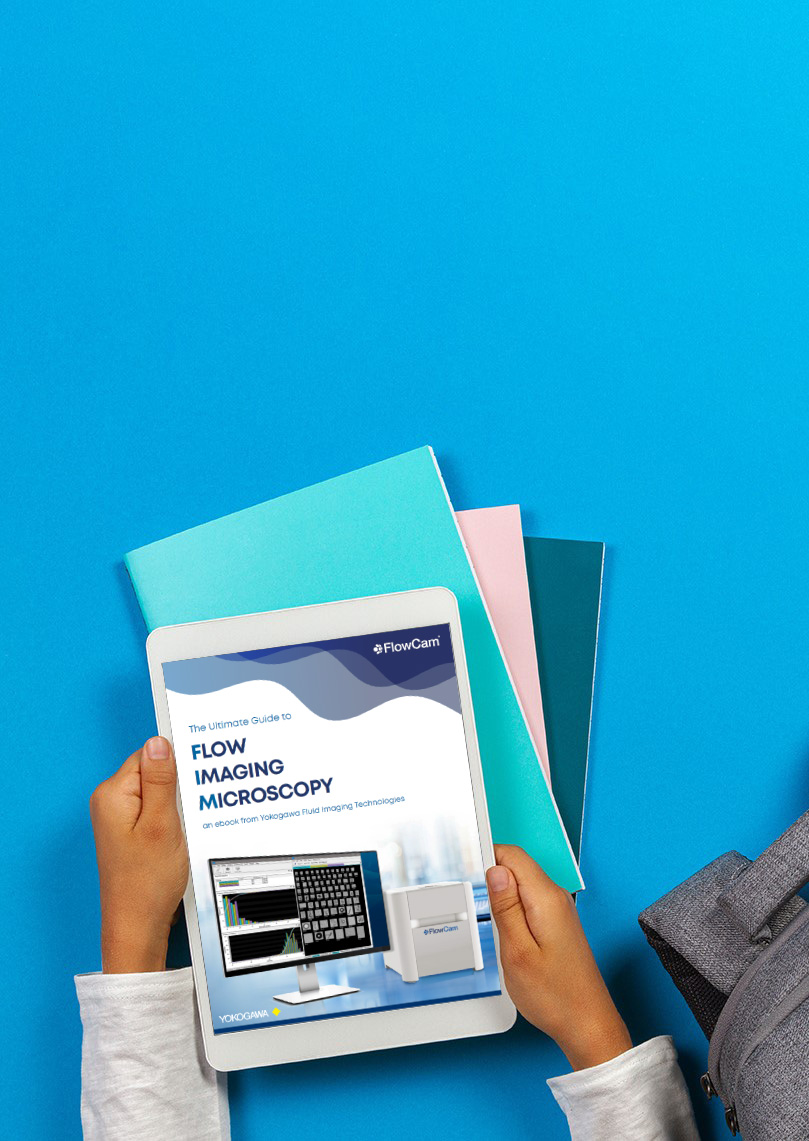
When it comes to flow imaging microscopy, data quality begins with your particle images. That's why VisualSpreadsheet® software gives users the …
Read Post

Why Particle Monitoring is Critical in Electronics Manufacturing Particle-free environments with strict cleanliness protocols are generally required …
Read Post
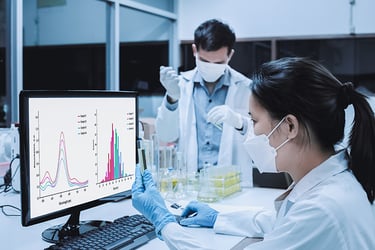
Comprehensive characterization of biotherapeutics is often challenging, given their complexity. In many cases, singular analytical methods cannot …
Read Post
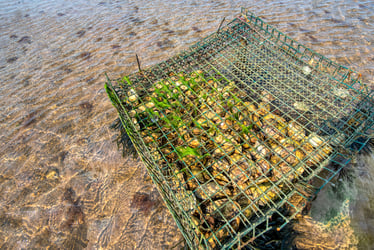
Shellfish hatcheries are the foundation of a thriving aquaculture industry. This is particularly evident at Georgia’s only hatchery, housed at the …
Read Post
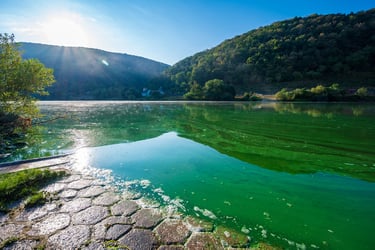
HAB season is upon us. Harmful algal blooms (HABs) are natural phenomena that seriously impact ecosystems, human health, and local economies. While …
Read Post
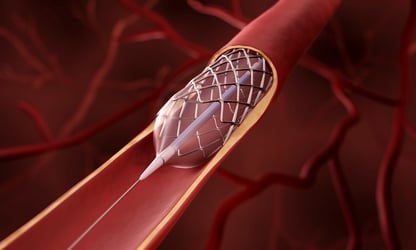
The risk of embolism, caused by particulate matter shed from medical device delivery systems, is a growing concern in the medical field. Ensuring …
Read Post

Particle characterization plays a crucial role in fields like pharmaceuticals, environmental science, and material engineering. While particle size …
Read Post
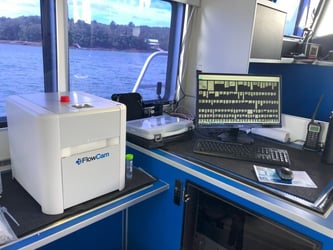
Embarking on a research cruise is an exciting yet challenging endeavor, especially when it involves using analytical instruments like the FlowCam …
Read Post
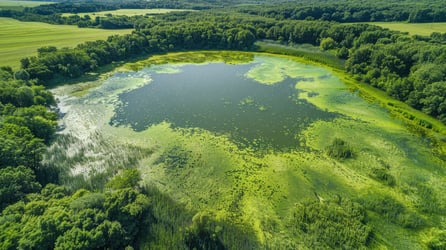
Eutrophication, a process where a body of water becomes overly enriched, is an ecological challenge that threatens the vitality of aquatic ecosystems …
Read Post
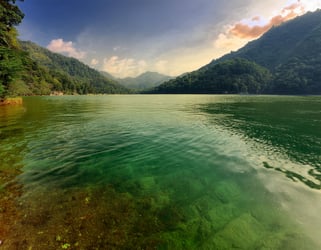
Harmful algal blooms (HABs) present a growing challenge for water resource managers, ecosystems, and communities. Identifying algae, particularly …
Read Post
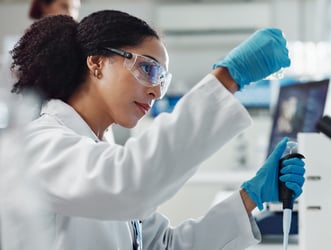
Pharmaceutical researchers face mounting pressure to track and control particles in their drug formulations throughout development. Strategies to …
Read Post
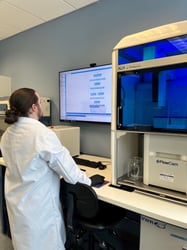
Automated Liquid Handling to Improve Your Particle Analysis Workflow In modern laboratories, automation is no longer a luxury—it’s a necessity. ALH …
Read Post
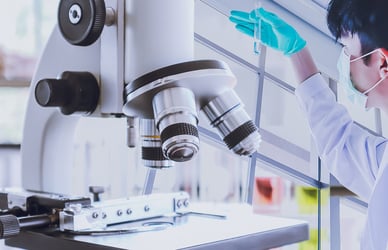
Particle size and shape analysis are critical across numerous industries, including pharmaceuticals, environmental monitoring, advanced materials, …
Read Post



